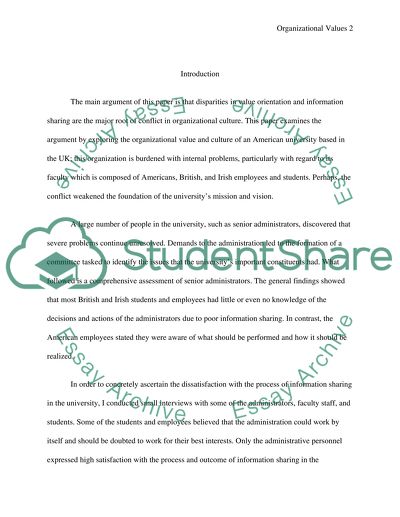Cite this document
(“Organization value's Paper Research Example | Topics and Well Written Essays - 1500 words”, n.d.)
Retrieved from https://studentshare.org/nursing/1422209-organization-value-s-paper
Retrieved from https://studentshare.org/nursing/1422209-organization-value-s-paper
(Organization value'S Paper Research Example | Topics and Well Written Essays - 1500 Words)
https://studentshare.org/nursing/1422209-organization-value-s-paper.
https://studentshare.org/nursing/1422209-organization-value-s-paper.
“Organization value'S Paper Research Example | Topics and Well Written Essays - 1500 Words”, n.d. https://studentshare.org/nursing/1422209-organization-value-s-paper.


